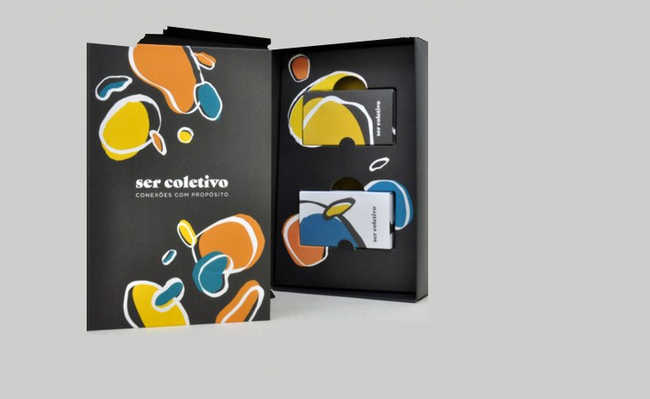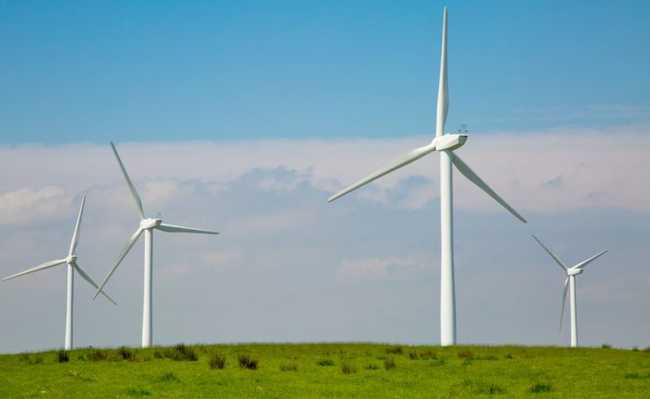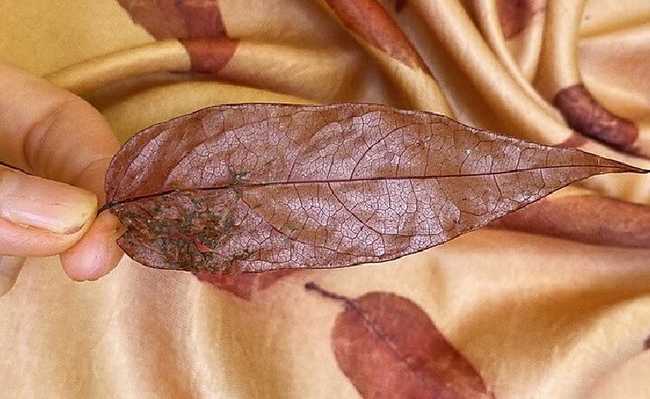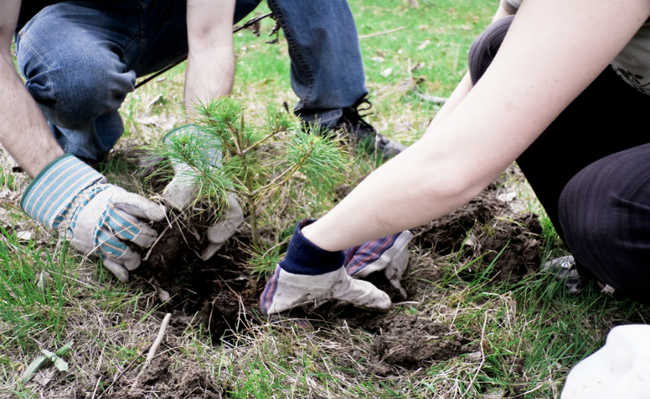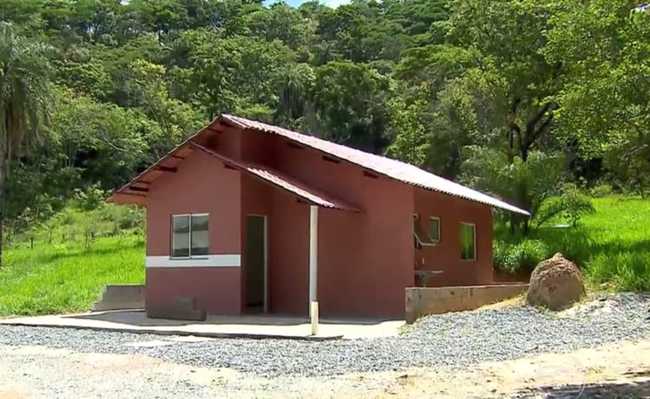Biodigester: environmental problem becomes a sustainable solution
Biodigestor is a system that transforms residues from rural production into high quality products. Understand its operation and benefits

"20110419-RD-LSC-0465" (Public Domain) by USDAgov
The biodigester is a closed equipment in which organic matter is introduced to be decomposed by several anaerobic microorganisms. As a by-product, biofertilizer and biogas are generated, which can be used for other purposes, bringing profits and environmental benefits.
Residues from rural production - swine, cattle and poultry manure, agricultural residues, washing and feed residues - are usually considered problems for the rural producer, as it is required by law that they have an adequate destination, preventing them from contaminating the environment.
- Rural biodigester reduces impact and increases producer income
Want to try the biodigesters, but are unsure how to use them? Now that we know what a biodigester is, we need to know how it works. Get to know the composition of biodigesters and see guidelines for their correct functioning and maintenance.
Biodigester operation
The biodigester is a system to treat organic matter through anaerobic decomposition (in the absence of oxygen), producing biofertilizer and generating a biogas (this is a mixture of methane gas with carbon dioxide) of high calorific power as a by-product, which can be collected and used as cooking gas or, with the help of a conversion system, it can be transformed into electrical energy.
A biodigestor system is generally composed of two integrated partitions: a tubular biodigestor + a biofertilizer pond. The residue is deposited in the tubular biodigester, where it remains for a certain period for the anaerobic bacteria to ferment the material and release the biogas. This fermented liquid material then passes to the biofertilizer pond, from where the product can be collected and used in farming, or it can be pumped to the disposal site, if the producer is not going to use it.
It is important that this fermentation of the waste (which takes place inside the tubular biodigester) takes place before the waste is dumped into soil and rivers because this process kills pathogenic microorganisms and transforms the complex molecules of the waste into simpler molecules, which can be absorbed by plants, not endangering the environment and public health.
Animal and human waste can be placed in the biodigester, as well as agricultural waste. Animal waste, in general, increases the capacity to generate biogas and is highly recommended.
There is also a residential biodigester that can be assembled by the user, it is compact, efficient and of low cost. Biogas production is equivalent to one gas cylinder per month, to learn more about this type of biodigestor, access the article "Recolast Residential Biodigester: transform household organic waste into cooking gas and fertilizer".
Generated products
Biofertilizer
The biofertilizer generated through the biodigester is a type of natural, sustainable fertilizer with excellent quality, which can be used as a substitute for chemical fertilizers and agricultural defensives. It acts as a foliar, reticular and bio-insecticide.
Biogas
Biogas is a gas composed mainly of carbon dioxide and methane. Biodigesters generally come with a pipeline for biogas and a flare (chimney, if the buyer wants to burn the generated biogas). If you want to use this biogas to generate energy, look for your biodigester supplier - in general, brands are able to indicate partner companies that sell energy generators.
Various sizes
Companies like Recolast they sell biodigesters from 1 m³ to 720 m³, which serve small, medium, large producers and homes. The size of the biodigester and the amount of biofertilizer and biogas generated will depend on the number and types of animals that the producer has.

